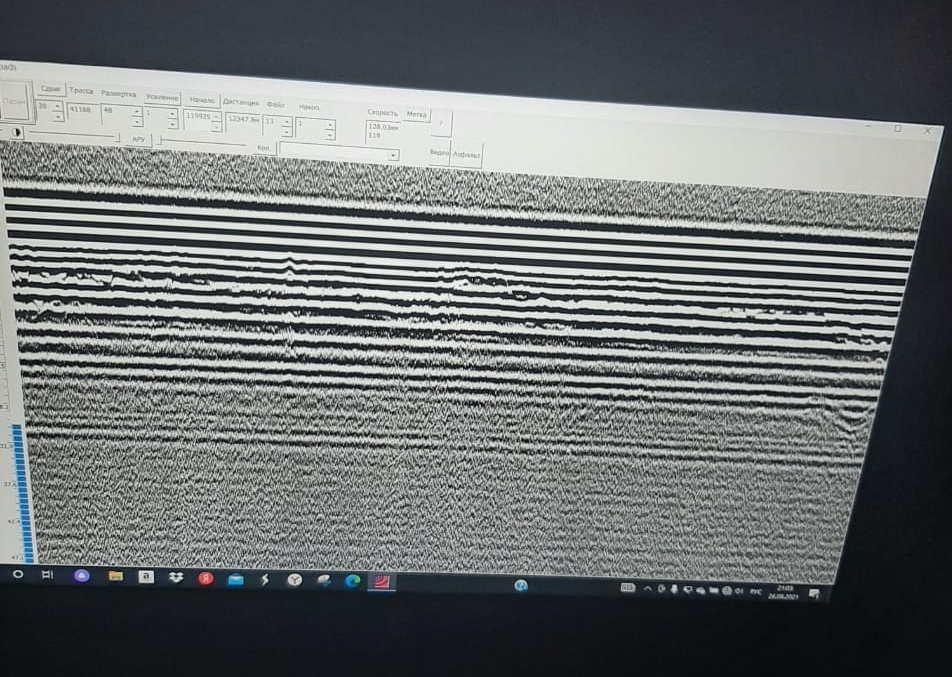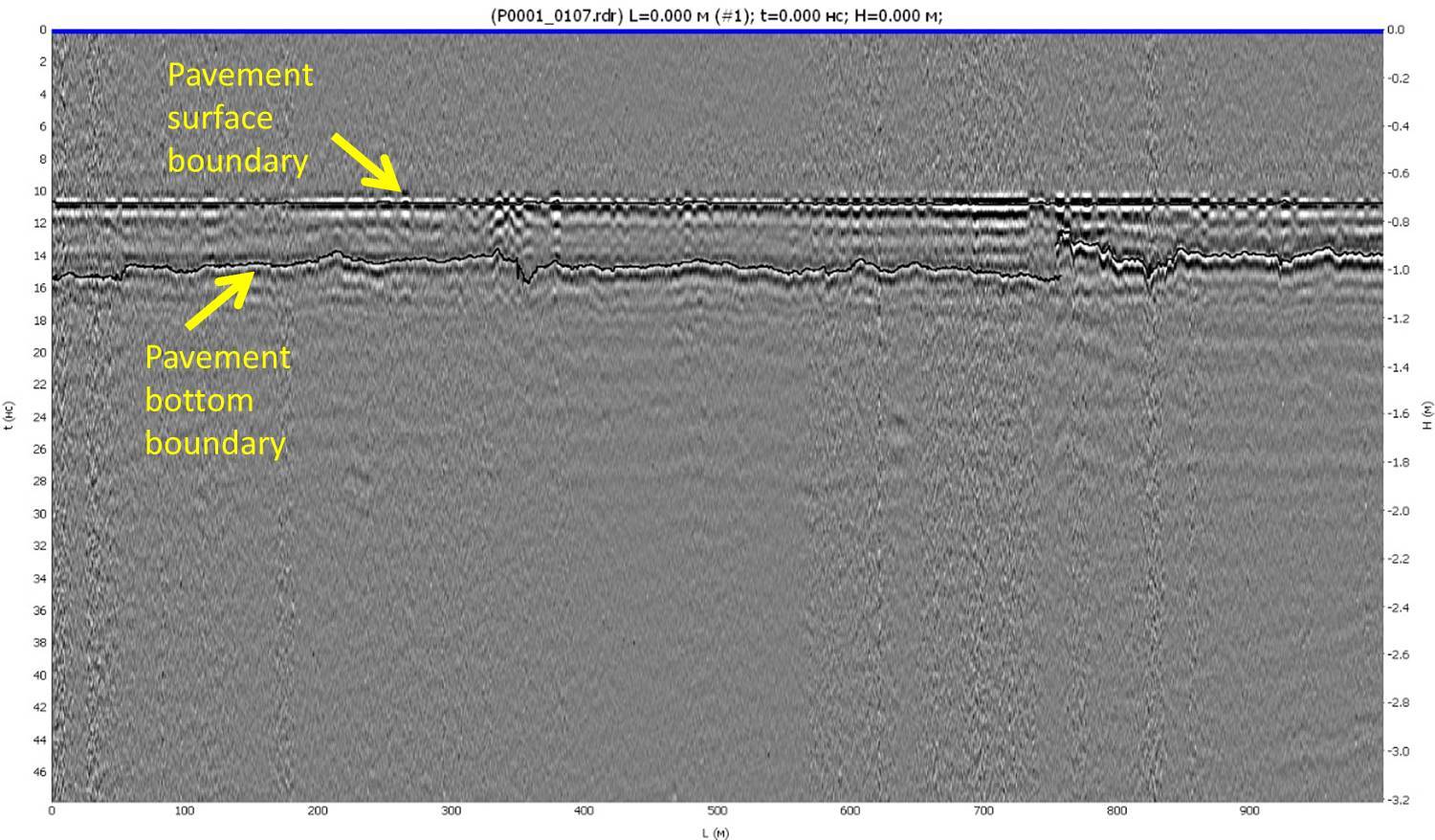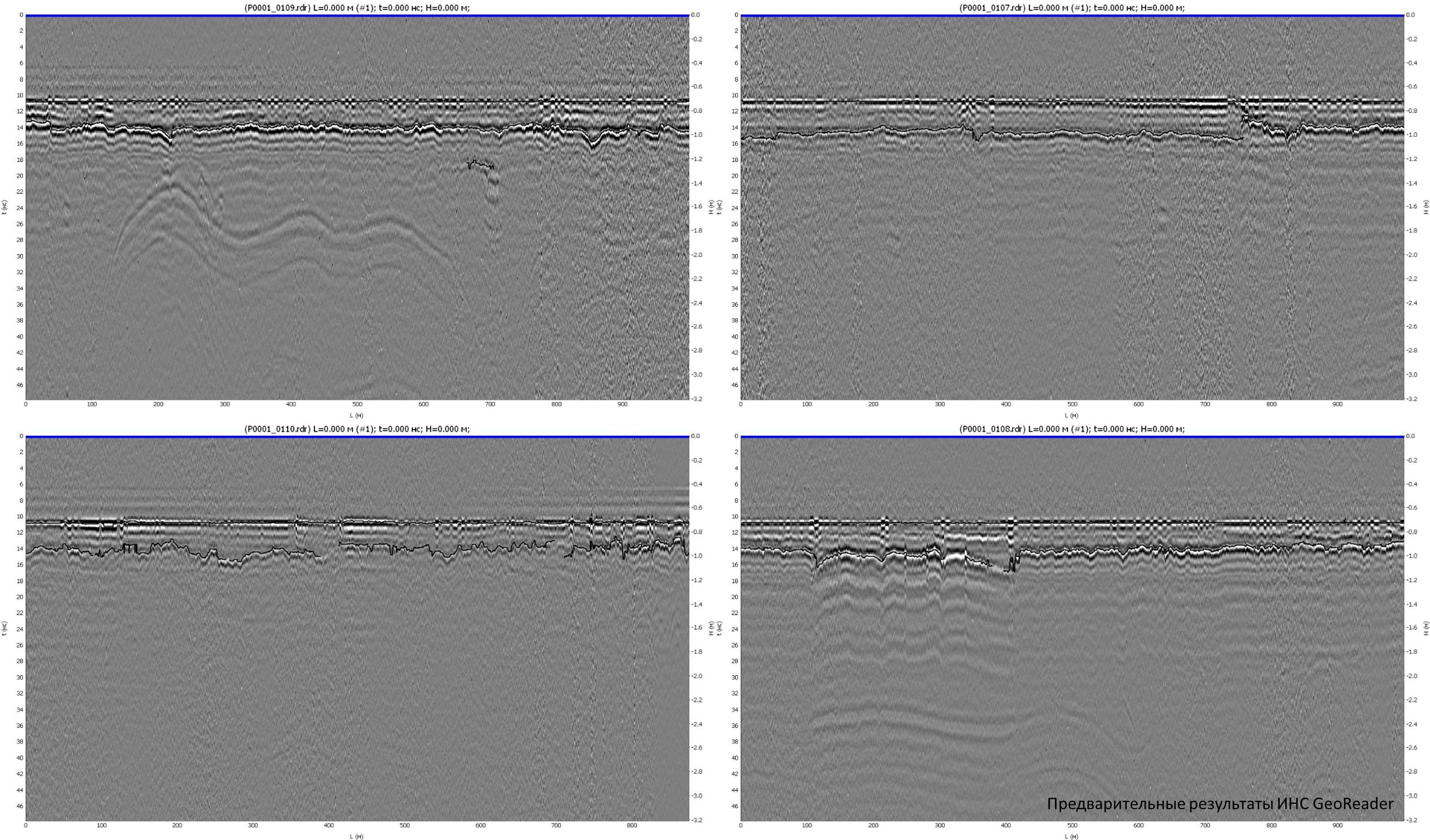The work of the neural network on GPR data
Hello, friends!
Previously, we reported on the first steps in the development of an artificial neural network in the processing of GPR data obtained on extended road network objects
Today we want to present an intermediate result - this is already a solution to the problem that we set for ourselves, but at the same time, further steps and prospects for the industry are obvious
Recall that we collected GPR data on the roads of Moscow and the Moscow region in the amount of approximately 300 km of the GPR profile. To solve the task, we used the OKO-3 GPR (manufactured by Logiss-Geotech Group of Companies) with antennas of 1000 and 2000 MHz
Here we can note the excellent quality of the roads of the capital, but for the high-quality training of the neural network, we specifically looked for "less high-quality" roads in the Moscow region
Of course, the data required preliminary processing, but for high-quality training of the neural network, it was decided to minimize such interference - only the subtraction of the average GPR trace was performed. As a result, a direct wave was removed - the passage of a GPR pulse through the air. This is a simple and one of the most effective functions that allows you to increase the clarity of the reflected signal and highlight the boundaries between the media of the object under examination on the radargram

Radargram at the time of data collection
Since the GeoReader Software package is being developed with a focus on processing large volumes of GPR data of extended road network objects, algorithms for solving problems in the road industry are based on the neural network
Today we have implemented a fully automatic determination of the road structure layers boundaries


In the development of the neural network, the Pitch open source library is used, which allows high-speed processing using a GPU accelerator. Today, the performance of building the border with a neural network is about 100 km/h. In this case, a personal computer with low characteristics was used:
- processor: Intel(R) Core(TM) i7-8750H CPU (number of cores - 6, frequency - 2.20 GHz, maximum clock frequency - 4.10 GHz),
- RAM: 16 GB,
- video adapter: NVIDIA GeForce GTX 1650 (accelerated clock speed - 1665 MHz, framebuffer - 4 GB, memory speed - 8 Gb/s),
- operating system: windows 10, system type - 64-bit
Of course, the result will constantly improve with the data increase for additional training of the model, but today it can be emphasized that with this solution for the road construction industry, in particular for the road diagnostics stage, wide prospects are opening up


